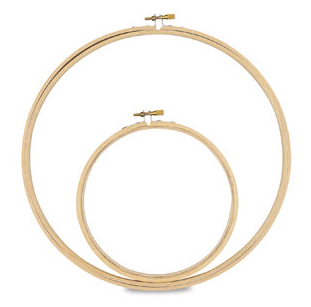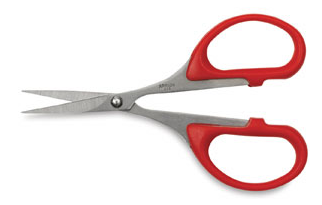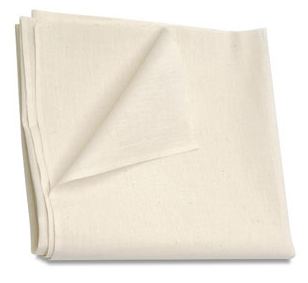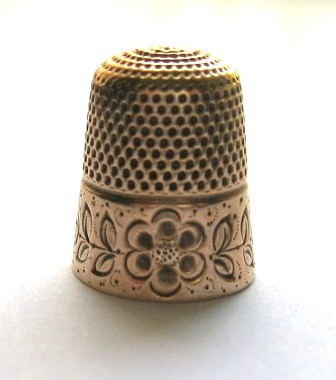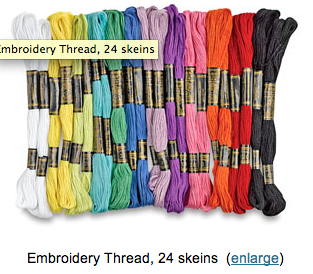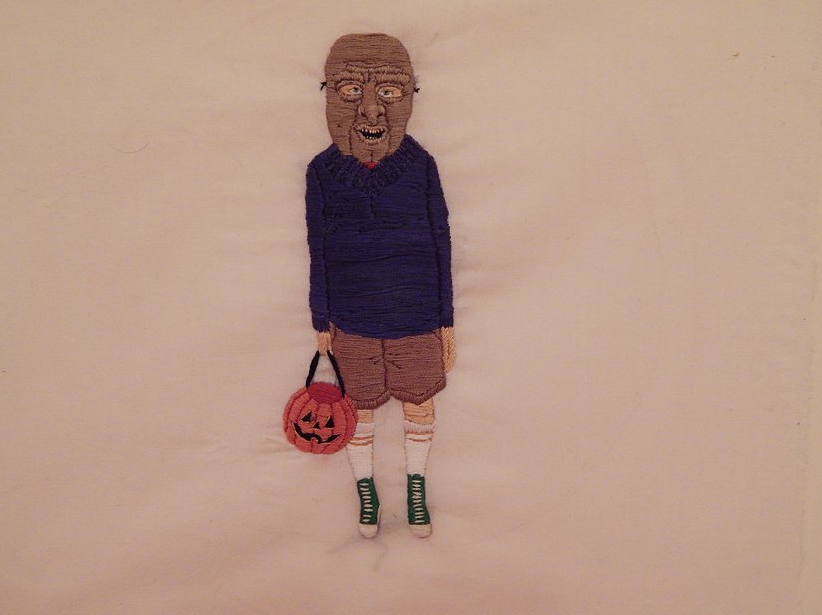Why are we doing this?
Sewing is a great alternative drawing media for further analyzing line, shape, texture, color, and repetition. It also brings up a conceptual challenge because it is such a loaded medium (think of all the cultural associations with sewing). Our In-class Assignment gives us a chance to practice our skills, and prepares us for the out-of-class assignment.
Required Supplies:
Objectives/Requirements:
To learn a minimum of 5 different stitches, and practice them. To practice our portraiture skills.
Process:
– Draw a portrait of someone (it could be yourself or anyone else), but make sure it is no larger than 4” in any direction.
– Use that drawing to plan where you will embroider the portrait on your tea-towel. Once the designs are approved in-class, we’ll transfer the drawing to your fabric by covering the back of the drawing with graphite, and tracing the portrait with a ball-point pen.
– Using at least 5 different types of stitches, sew the drawing onto the tea-towel. Keep in mind how line will play a strong roll in this portrait (see portraiture sketchbook assignment for helpful hints for drawing effective portraits).
Grading criteria:
1pt – Correct size (no larger than 4″ in any direction.
3pt – Good proportions on the portrait
1pt – Used at least 5 different types of stitches.
3pt – Craft (how well did you sew? Was there evidence of effort, or does it looked rushed and sloppy?)
2pt – creativity/originality (can be expressed through color choices, compositional choices, etc)
Helpful Hints for Portraiture:
Think about starting with the skull shape (rather than with an egg shape or a circle) / also think about the 5-eye rule = 5 eyes across your face & 1 eye-length from ball of nose up to eyes.
Portraits most common mistakes:
1. Outlining the eyes (like wearing heavy eyeliner) do just the top of the eye-lid rather than the bottom (helps avoid eyeliner eyes)
2. Eyes too high (in the forehead rather than in the true middle of the head)
3. Outlining the nose (makes it look like a banana)
4. Low or absent shoulders (remember to accurately measure the neck so they don’t look like a bobble head)
5. Portrait is too small for the page (too much empty space – like a where’s Waldo book)
6. Outlining the lips (like wearing heavy lipliner)
7. Drawing individual lines for hair (looks like spaghetti) hair just needs to be shading and light
Artist to look at
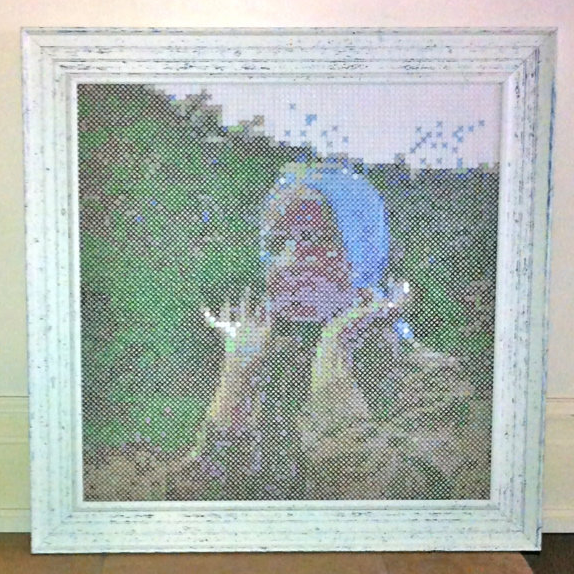
Ellen Schinderman, “A Staunch Character,” cotton on linen,32″x32″ framed
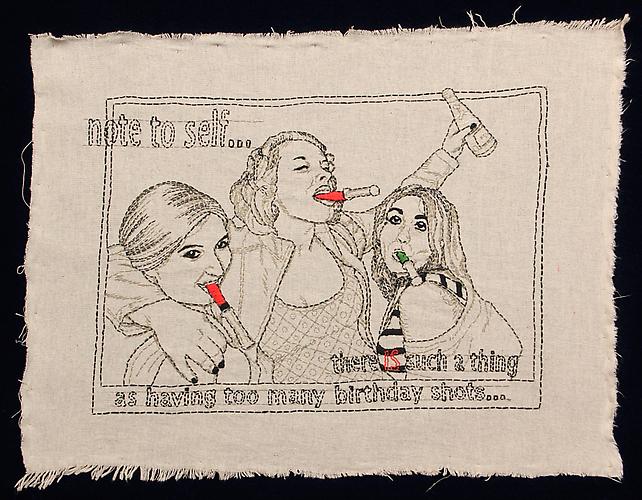
Kathy Halper, “Note to Self,” hand embroidery on linen, 26” x 32”, (2012)
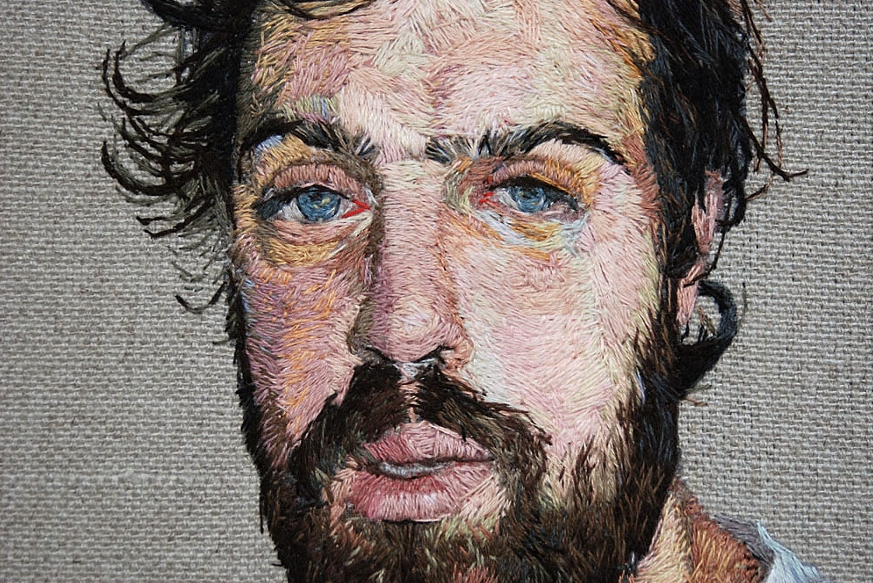
Daniel Kornrumpf, “Brooklyn Bobby” (Detail), 2007, hand embroidered on linen, 50″ x 44″
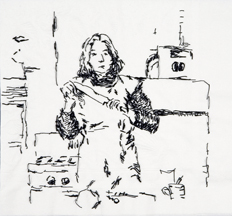
Angela Ellsworth, “Sister Wife Martha” (Semiotics of the Kitchen, 1975), Black Thread on Napkin, 8″ x 8.5″, 2008
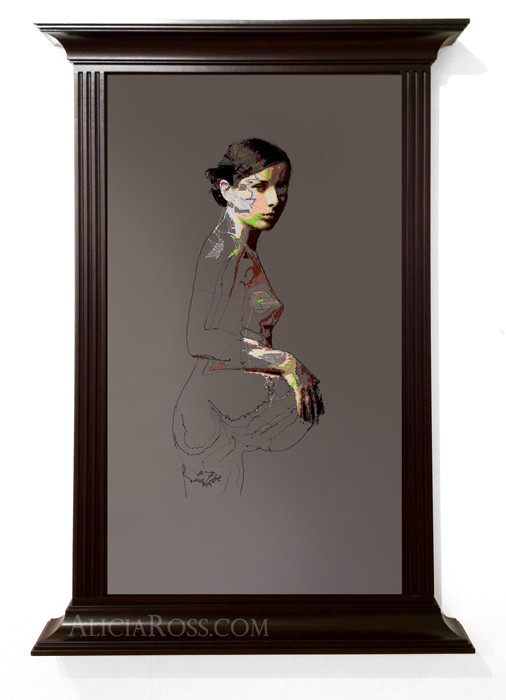
Alicia Ross, “Repose,” 64 h x 40 w in, cross-stitch on polyester/cotton, wood frame, 2013
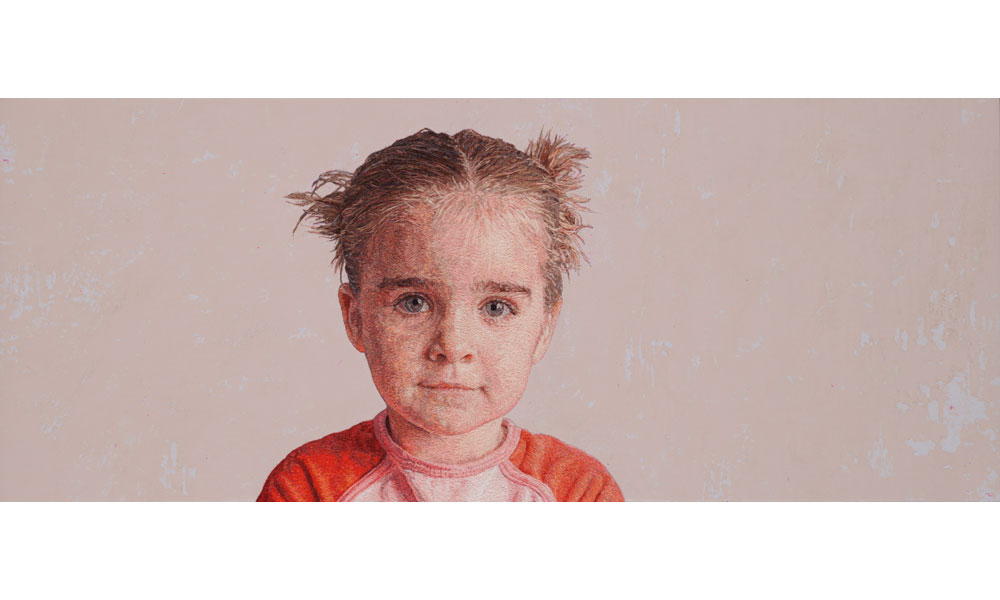
Cayce Zavaglia, “Abbi,” Hand Embroidery: Crewel Wool and Acrylic on Linen, 11 x 27 inches
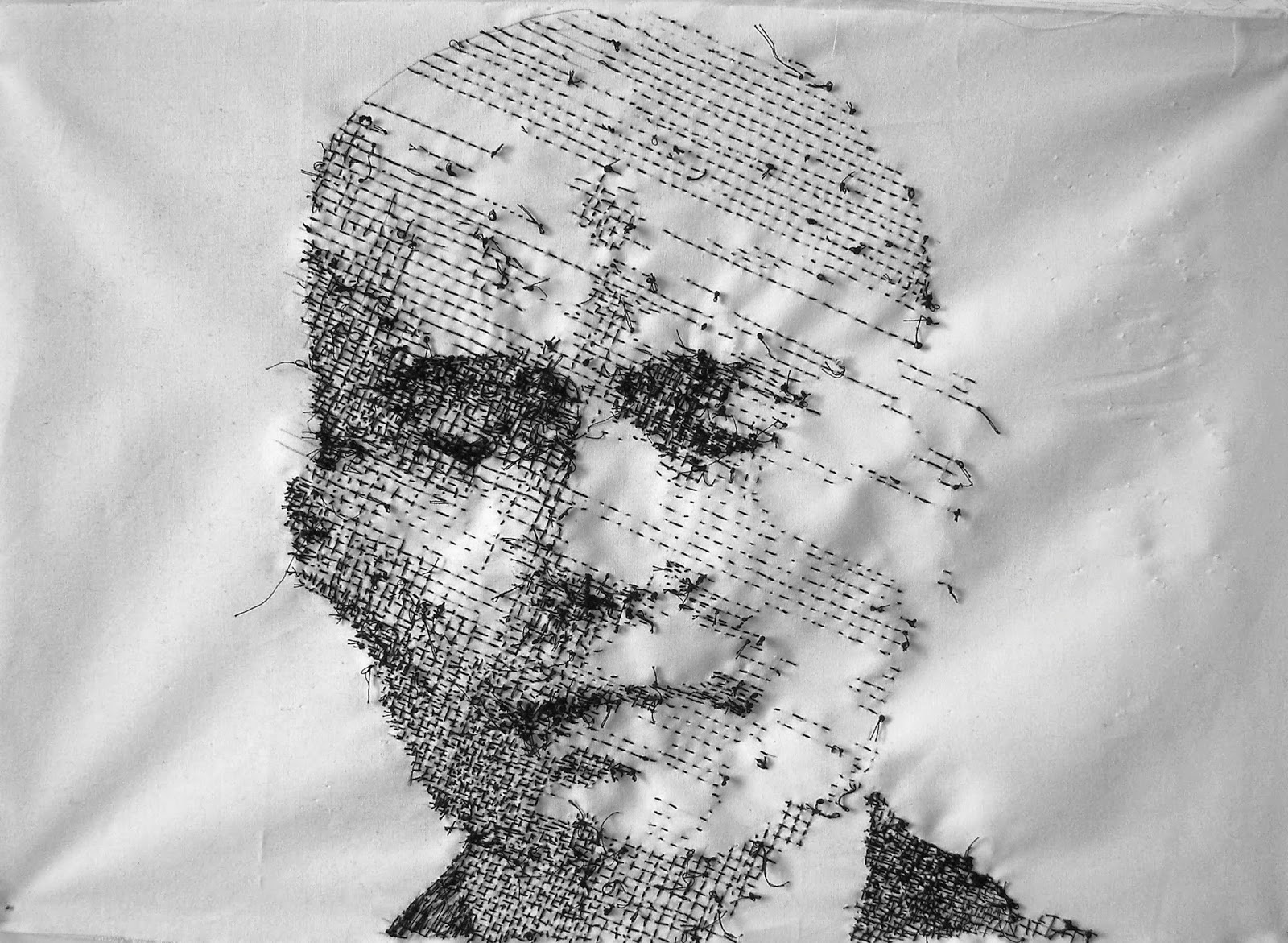
Magali Rizzo, “1944” (detail), hand embroidery on cotton cloth
Dimensions: 42×29, 7 / 42×29, 7 / 60×42 cm
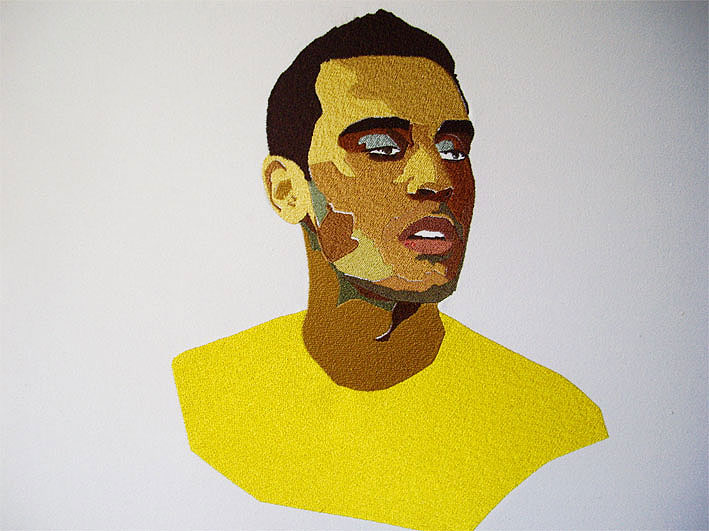
Justin Morin – machine embroidery
